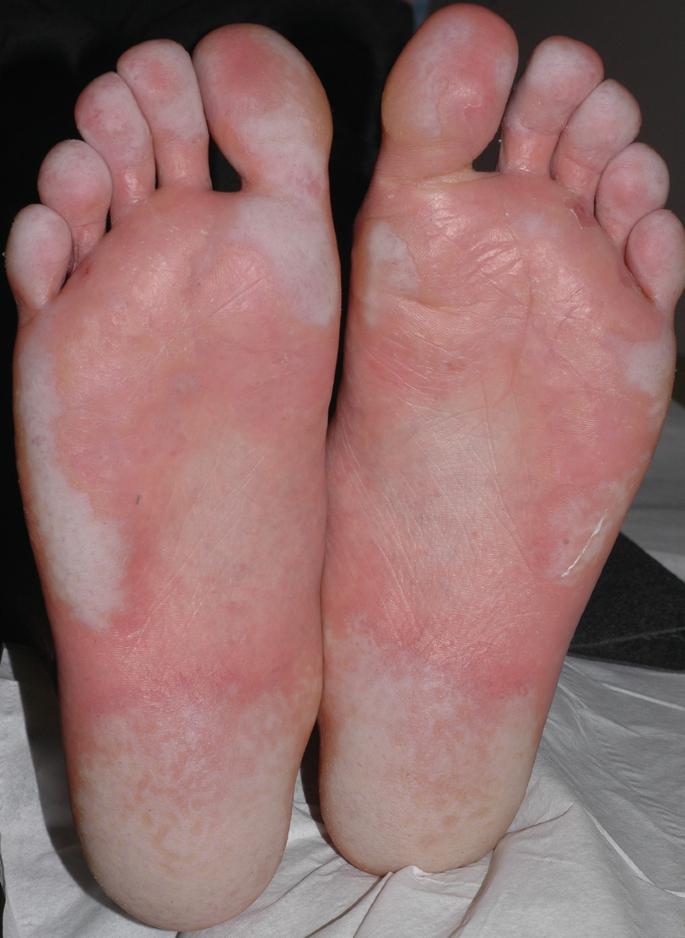Excessive sweating of the feet, medically known as plantar hyperhidrosis, can be both embarrassing and uncomfortable. It can lead to slippery feet, unpleasant odors, skin infections, and affect daily activities, from wearing shoes to maintaining personal hygiene. In the midst of growing awareness and demand for solutions, Hyperhidrosis Treatment in Dubai has widely incorporated iontophoresis for patients seeking relief from excessive sweating, especially in the feet. Understanding how iontophoresis works and why it’s effective provides valuable insight into why this treatment is often recommended for plantar hyperhidrosis.
What Is Feet Hyperhidrosis?
Hyperhidrosis refers to an abnormal overproduction of sweat that goes beyond what is necessary for temperature regulation. While sweating is essential to cool the body, in cases of hyperhidrosis, the sweat glands are overactive, producing sweat excessively and unpredictably.
Feet hyperhidrosis specifically targets the soles of the feet. This form can be localized to the feet only (primary focal hyperhidrosis) or can be part of a more generalized sweating condition. Symptoms often include:
- Constantly damp or wet feet
- Frequent shoe changes due to moisture
- Increased risk of fungal infections such as athlete’s foot
- Skin irritation and maceration
- Slippery feet leading to discomfort and potential falls
What Causes Feet Hyperhidrosis?
The root cause of primary hyperhidrosis, including that of the feet, is not fully understood but is believed to involve overactivity of the sympathetic nervous system, which controls sweat glands. In secondary hyperhidrosis, excessive sweating may be due to underlying medical conditions, medications, or other systemic factors.
Understanding Iontophoresis
Iontophoresis is a treatment method that uses electrical currents to temporarily reduce sweating by affecting the sweat glands' function. The term itself comes from “ionto” meaning “ions” and “phoresis” meaning “movement.” Essentially, it involves passing a mild electrical current through water-soaked skin to decrease sweat production.
How Does Iontophoresis Work for Feet Hyperhidrosis?
The exact mechanism behind iontophoresis is not fully elucidated, but researchers agree on several key effects that contribute to sweat reduction:
Sweat Gland Pore Blockage: The electrical current helps to thicken the outer layer of the skin (stratum corneum), which may block the sweat ducts temporarily. This prevents sweat from reaching the surface.
Reduced Sweat Gland Activity: The treatment may alter the electrical activity of the sweat glands themselves, reducing their ability to produce sweat.
Disruption of Ion Exchange: Sweat secretion depends on ion transport across glandular cells. The current interrupts this ion exchange, decreasing sweat production.
Advantages of Iontophoresis for Feet Hyperhidrosis
- Non-Invasive: No injections or surgery required.
- Drug-Free: Avoids systemic medication side effects.
- Effective: Many patients report significant reduction in sweating after consistent use.
- Convenient: Can be performed at home once initial guidance is provided.
- Affordable: Compared to surgical options, it is cost-effective.
- Quick Treatment: Sessions are short with no recovery time.
Who Can Benefit Most?
Iontophoresis is suitable for individuals with moderate to severe plantar hyperhidrosis who have not responded well to topical treatments like antiperspirants or wish to avoid medications. It is particularly useful for younger patients who want a safe and manageable way to control symptoms.
Conclusion
Feet hyperhidrosis can significantly affect quality of life, but treatments like iontophoresis offer an effective, non-invasive solution that targets the problem at its source. By utilizing mild electrical currents to temporarily block sweat gland activity and disrupt ion exchange, iontophoresis helps patients regain control over excessive sweating.






Comments